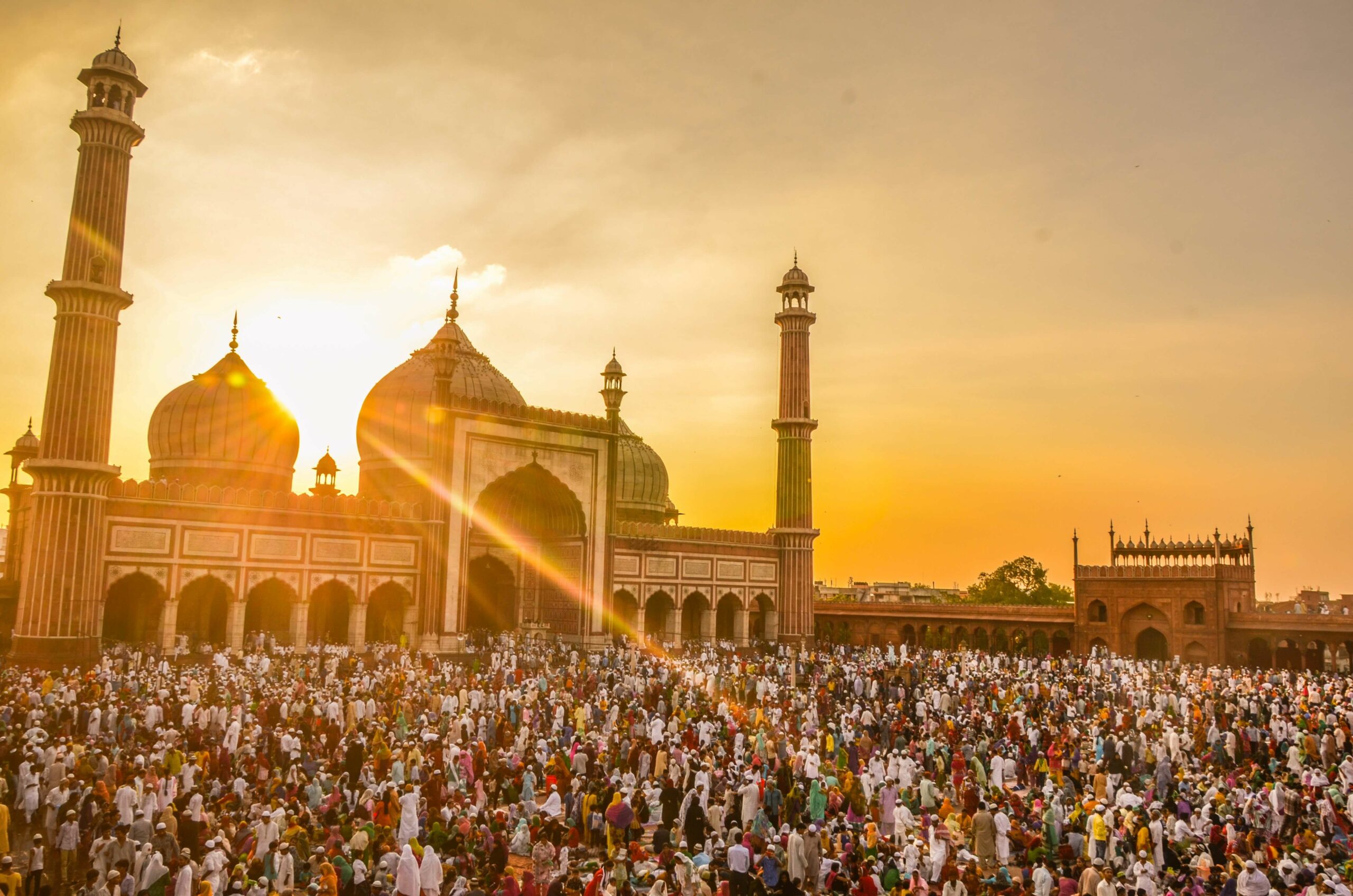Ramadan is the month of the Islamic calendar that signifies the revelation of the Holy Quran. During Ramadan, Muslims fast for self-discipline and spiritual reflection. Fasting during Ramadan is an essential pillar of Islam and a mandatory act of worship. Muslims fast by staying away from eating and drinking and focusing on devoting themselves to worshipping Allah. Additionally, Muslims aim to seek forgiveness for their past sins and renew their faith.
While most people know and understand the concept of fasting in Islam, many do not know the daily fasting duration. Fortunately, this blog will cover everything there is to know about how long is a Ramadan fast and more.
How Long is a Ramadan Fast?
The basic rules of fasting in Ramadan are as follows:
- Every Muslim must make a sincere intention to fast before dawn (the morning light fills the entire sky, known as subh-e-saadiq) each day.
- If the distance of the journey is at least 48 miles (77.24 kilometers) or more, then such a person will have the option of keeping or not keeping a fast after leaving the boundaries of his city, and if he does not keep it, then it will be obligatory to make up for that fast later. However, if it is easy to fast during the journey, and there is no difficulty, then it is better to keep fast. If there is hardship and difficulty in keeping the fast, then in that case it is also permissible not to keep the fast, and if there is a lot of hardship in the Sharie journey (which is difficult for the fasting person to bear), then it is better not to keep the fast. In any case, make up for that fast later.
- If an acknowledgeable religious doctor advises a sick Muslim to break the fast, then in this situation, it is permissible for the patient to break the fast. After recovering, they will have to make up for the missed fast. A person who is very old, weak, or sick and unable to fast must make up for the missed days later, if it is possible, or pay a Fidyah. Fidyah is the amount of money paid to feed a needy person for every day of fasting that is missed.
- Women menstruating, are exempted from fasting. However, they are required to make up for the fasts they have missed at a later time.
- If a pregnant woman believes that fasting could pose a risk to her own life or the health of her child, she can break her fast. However, in this case, it is obligatory to make up for the missed fasts afterward.
- If fasting does not decrease the milk supply and the baby’s nutritional needs are met, then a woman must fast. However, if fasting causes a decrease in milk supply and the baby is not getting enough food, then she is allowed to break her fast. The missed fasts can be made up later.
The duration of the fast during the month of Ramadan varies depending on the season and location. The duration varies because the start and end of a fast are determined by the sunrise and sunset in a specific location.
- The fast begins at dawn, also called Fajr in Arabic. This is when there is the first light, and the call to prayer is made.
- The fast ends at sunset, also called Maghrib in Arabic. This is the time when the sun sets below the horizon, and the call to prayer is made.
- The duration of a fast can range from 10-12 hours, depending on the location and time of the year. For instance, the fast can last up to 22 hours in the Arctic Circle, but in other parts, closer to the equator, the fast will last around 11 hours instead.
- One can use online tools or check the local prayer timetable to calculate the sunrise and sunset times to find the exact duration of the fast in a location.
The exact duration of the fast can also be affected by factors like weather conditions, i.e., cloudy weather or fog, which can make it difficult to determine the exact times of sunrise and sunset. Muslims should seek guidance from local religious scholars or authorities in this case.
Other factors that influence the duration of the fast include:
- Latitude
Regions closer to the equator have shorter fasts. This reason why fasts are shorter in such regions has to do with the fact that days and nights are mostly equal in length.
- Season
The duration of the fast can vary depending on the time of the year. For instance, in the Northern Hemisphere, during summers, days are longer, resulting in longer fasts. In contrast, during winter in the same location, fasts will be shorter because nights are longer.
- Altitude
Regions and locales at higher elevations will have different sunrise and sunset times than those at sea level.
- Method of Calculation
There are several different types of calculating the start and end of the fast, resulting in slightly different durations. For instance, some scholars rely on the sun’s angle below the horizon to determine the end of the fast, while others wait until the redness of the sky disappears.
In conclusion, this blog has covered all the important aspects regarding the duration of the fast in Ramadan. Apart from knowing the basic rules of fasting in Ramadan, Muslims should know the exact duration of the fast in their locale.


30days
29 or 30 days
29
This app is really good for all Muslim
29 days ,eid is going to be 4/21/2023 Friday inshaAllah
This depends on the sighting of the moon
I really like this one
29 or 30days Idd will be Friday or Saturday insha’Allah